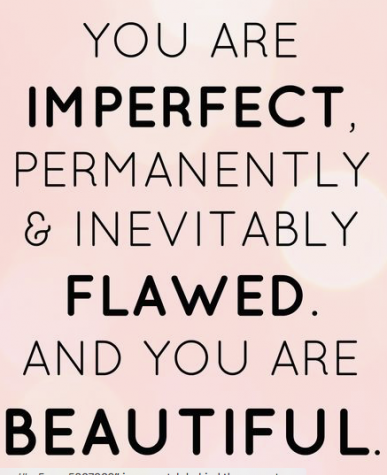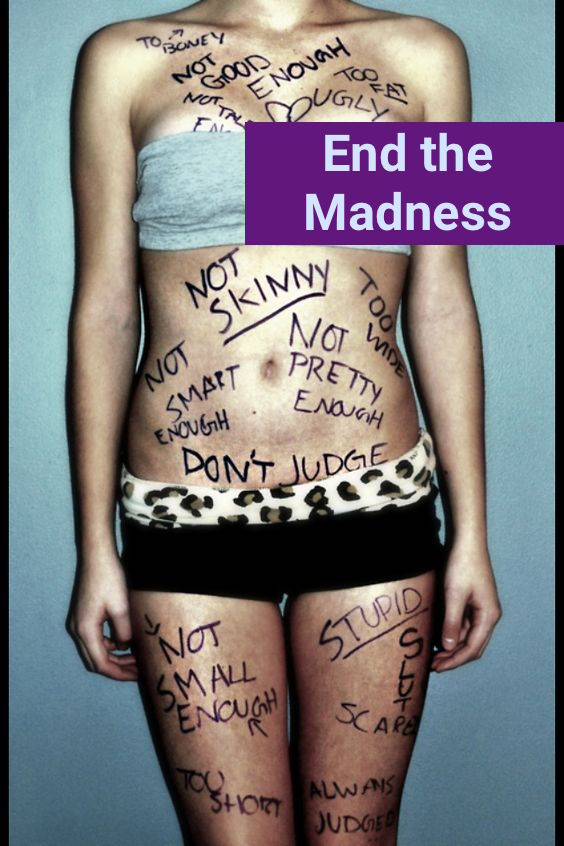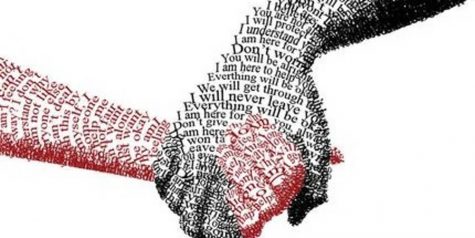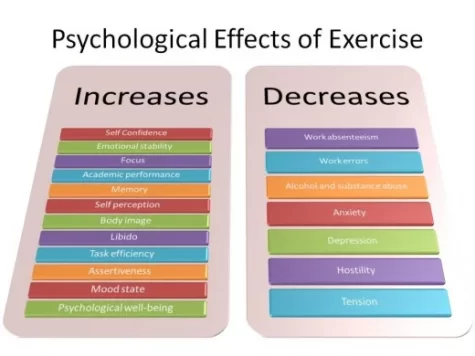Imperfect, Flawed and Beautiful – How Social Media Impacts Body Dysmorphic Disorder
National Suicide Prevention Line: 1-800-273-8255
 Body Dysmorphic Disorder (BDD) is an illness that affects about 200,000 people in the US each year, mostly making beginning appearances in those that are 12-13 years of age. BDD is incredibly severe, but can be even more dangerous in this day and age, where we have images of “ideal” beauty plastered everywhere.
Body Dysmorphic Disorder (BDD) is an illness that affects about 200,000 people in the US each year, mostly making beginning appearances in those that are 12-13 years of age. BDD is incredibly severe, but can be even more dangerous in this day and age, where we have images of “ideal” beauty plastered everywhere.
With the use of social media making access to these types of images easier, sufferers of BDD are having a harder time coping with their illness than ever before. As a sufferer of BDD, I know how hard it is to look past your flaws, especially when unachievable beauty standards seem to be represented in many forms of media.
To give you a background of life with BDD, I’ll first have to explain what exactly it is. The definition that adaa.org gives is “A body image disorder characterized by persistent and intrusive preoccupations with an imagined or slight defect in one’s appearance.” For people with BDD, it is hard to focus on anything except the perceived flaw. It becomes an obsession, which then leads to low self esteem, avoidance of other people, work, school, and even major depression and/or suicide attempts.
For me, personally, it would be difficult to look in mirrors, or to even see a reflection of myself at all. When it was at it’s worst, I would have breakdowns and anxiety attacks just at the sight of myself. It was hard to not be disgus ted with who I am and how I looked. Unfortunately, I’m not the only person out there inflicted with this mental illness.
ted with who I am and how I looked. Unfortunately, I’m not the only person out there inflicted with this mental illness.
BDD has been recognized since 1980, but was redefined in 1994. BDD has never been ideal for anyone suffering from it, but in this day and age, with media sources at the tip of our fingers, it has become even harder for us to cope. The average woman sees 400-600 ads on a daily basis, many of which have some sort of beauty representation, whether directly or indirectly.
Studies have shown the negative impact that the media can have on the youth, but just think about how strongly it can impact the youth who suffer from BDD. Body dysmorphia is a serious issue that’s not getting enough attention in the normal world, and certainly not the world of advertising or entertainment.
You may know somebody with BDD, but aren’t aware of it. Interacting with people afflicted with BDD takes patience. They may be persistent about disliking themselves, and that may be frustrating, but you just have to reassure them.
It’s hard  to not really know what you look like, when you only see yourself in a distorted way. It’s also hard when you feel like people are lying to you all the time about how you look. It’s hard to live on a day to day basis when you can’t even comfortably look at yourself in a mirror. We need to help acknowledge BDD and the difficulties that come with it, because the more we know about it, the more we can help those afflicted.
to not really know what you look like, when you only see yourself in a distorted way. It’s also hard when you feel like people are lying to you all the time about how you look. It’s hard to live on a day to day basis when you can’t even comfortably look at yourself in a mirror. We need to help acknowledge BDD and the difficulties that come with it, because the more we know about it, the more we can help those afflicted.










